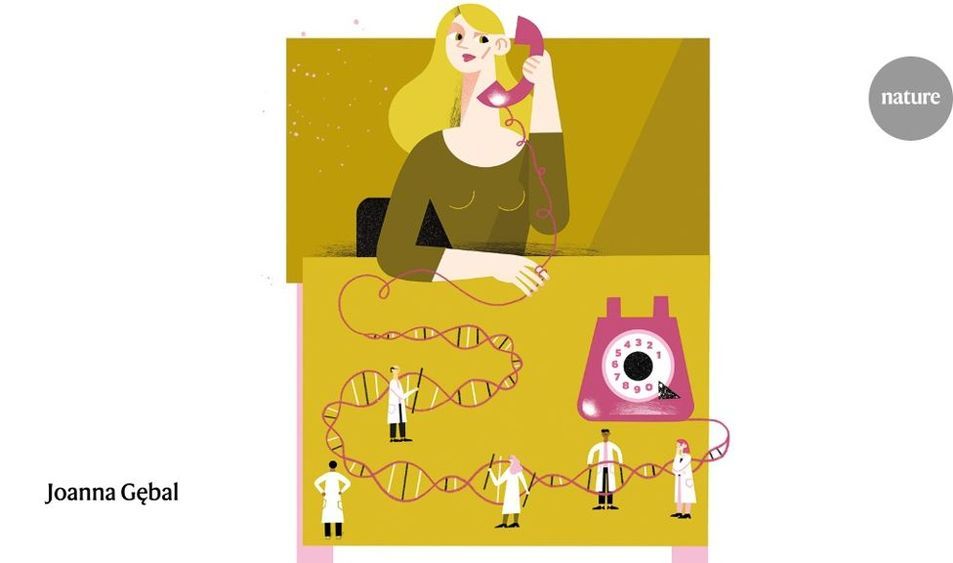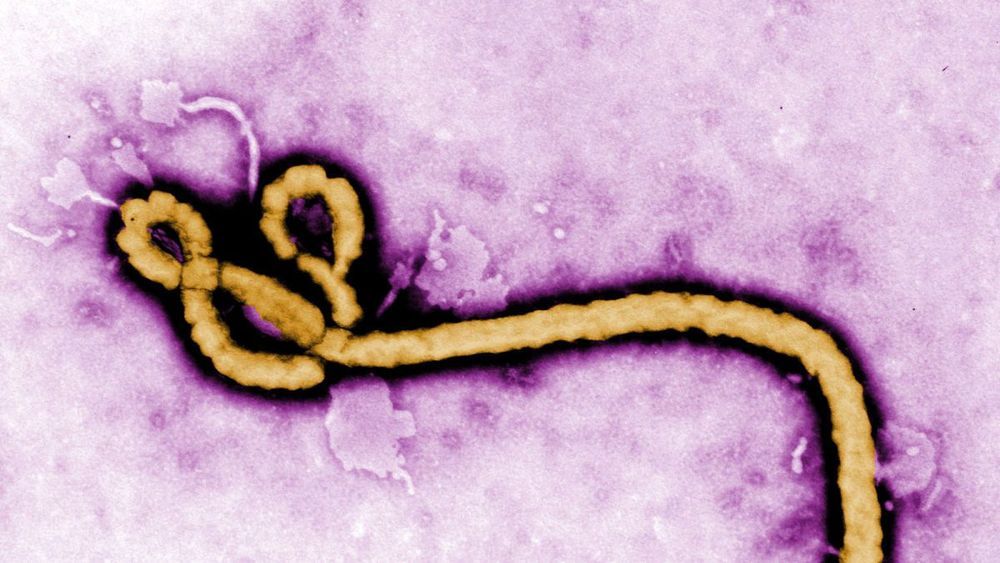Category: bioengineering – Page 156
Embrace human genome editing
Imagine then, the emancipatory potential of genome editing for these millions.
Realizing this potential, however, will require that genome editing meet with societal approval. The typical response right now when you talk to someone about genetic engineering or reproductive technology is a reference to ‘designer babies,’ eugenics, Nazism, and other evils. These arguments have a very powerful emotional hold over many people, but in my opinion, they simply don’t stand up to scrutiny.
Numerous traits, both physical and mental, are too complex to ever be able to engineer, and a Gattaca-like future of ‘designer babies’ is probably just as improbable as time-travel. No serious scientist or ethicist is advocating for government mandated ‘genetic correction’ of the sort Nazism or eugenics implies. As for physical appearance, everyone has their own ideas about the ‘physical ideal.’ Not every visitor to a cosmetic surgeon comes out looking Northern European.

Scientists Release Genetically Engineered Moths for First Time
The diamondback moth is a huge pest. It eats a variety of crops, but is largely resistant to insecticides, resulting in upwards of $5 billion in losses every year.
That could soon change, though, as an international team of researchers has created a strain of genetically engineered diamondback moths that could suppress the pest population in a sustainable way — and they just released them into the wild for the first time.
For the study, published Wednesday in the journal Frontiers in Bioengineering and Biotechnology, the researchers engineered the moths so that when the males of the strain mated with wild females, the female offspring would die during the caterpillar life stage.

Step aside CRISPR, RNA editing is taking off
But CRISPR editing — at least as a therapeutic technique in people — has turned out to be more difficult than initially thought. Researchers have documented ways that Cas9, one of the enzymes used in CRISPR gene editing, could trigger immune responses, or cause accidental changes to the genome that would be permanent. RNA editing, by contrast, could allow clinicians to make temporary fixes that eliminate mutations in proteins, halt their production or change the way that they work in specific organs and tissues. Because cells quickly degrade unused RNAs, any errors introduced by a therapy would be washed out, rather than staying with a person forever.
Making changes to the molecular messengers that create proteins might offer flexible therapies for cancer, pain or high cholesterol, in addition to genetic disorders.
DR STEPHEN BADYLAK — Regen Med Strategies for Tissue & Organ Replacement (Long Version)
Regenerative medicine and furthermore tissue engineering are realities for some time but well hidden from the public by msm somehow.
Dr. Stephen Badylak, Director of the Center for Pre-Clinical Tissue Engineering, McGowan Institute for Regenerative Medicine.
Badylak Lab: Research and Publications: http://www.mirm.pitt.edu/badylak/
Scientists Want to Explore Ocean With “Cyborg Jellyfish”
In a trial, the scientists were capable of using electrical jolts from microelectronic controllers to make jellyfish swim not only faster but also more efficiently, according to a paper published in Science Advances today.
“We’ve shown that they’re capable of moving much faster than they normally do, without an undue cost on their metabolism,” said co-author and Stanford bioengineering PhD candidate Nicole Xu, in a statement.
“This reveals that jellyfish possess an untapped ability for faster, more efficient swimming,” Xu added. “They just don’t usually have a reason to do so.”
How one entrepreneur is tackling humanity’s most pressing problems
Braintree founder Bryan Johnson, MBA’07, invests in bold ventures on the next frontier.
Bryan Johnson is determined to explore the depths of your mind and help save humanity from its direst threats.
“The biggest revolutions that have happened over the past couple of decades have largely been done on silicon—the transistors we build, the computers we have, the internet, our smartphones,” said Johnson, MBA’07. “The next great revolutions will be evolving our cognition and predictably engineering atoms, molecules, organisms and complex systems.”

Here’s how artificial intelligence could cure disease in the future
Circa 2016 could cure viruses in no time.
When you get right down to it, developing vaccines is about data and luck. Scientists start with a set of variables—what drugs a virus responds to, how effectively, and for whom—and then it’s a whole lot of trial and error until they stumble upon a cure.
One of the most exciting possibilities in medical research right now is how technology like machine learning could help researchers rapidly process those enormous sets of data, more quickly leading to cures. This is already starting to happen: In a study published Wednesday in the journal Macromolecules, researchers from IBM and Singapore’s Institute of Bioengineering and Nanotechnology reveal a breakthrough that could help prevent deadly virus infections. With the help of IBM super computer Watson, they hope their finding will soon make its way into vaccines.